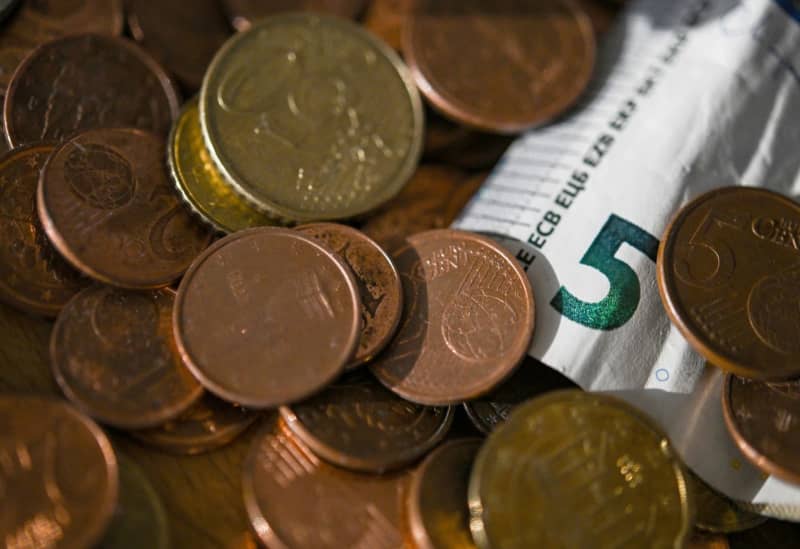In October, Germany experienced a noticeable increase in its inflation rate, which climbed to 2% compared to the same month of the previous year, up from the 1.6% observed in September. These preliminary figures, released by the Federal Statistical Office, indicate a significant upward trend in consumer costs, particularly in essential areas such as food and services. Specifically, food prices saw a rise of 2.3%, while the cost of services surged by 4%. In contrast, energy prices demonstrated a downward trend, decreasing by 5.5% since the previous year. This mixed pattern underscores the complexities of the current economic landscape in Germany, as the impact of global pressures continues to unfold.
The inflationary trends reveal a deceleration over recent months, with September’s rate being notably the lowest in over three years. The inflation rate had registered at 1.9% in August, showcasing a gradual decline before the uptick in October. Core inflation, which excludes the often volatile prices for energy and food, also saw an increase, rising to 2.9% from 2.7% in September. This suggests that while overall inflation remains subdued, the prices of fundamental goods and services are experiencing upward pressure, highlighting the ongoing challenges faced by consumers and the economy at large.
In terms of monthly changes, consumer prices rose by 0.4% in October alone. While this figure indicates some renewed inflationary pressure, it still falls within the tolerable range for the targeted inflation rate set by the European Central Bank (ECB), which aims for a stable rate around 2%. This target is crucial as it shapes monetary policy across the eurozone, aiming to promote economic stability and growth. The ECB’s vigilance in monitoring inflation trends is reflected in these recent adjustments, influencing decisions regarding interest rates and economic strategies.
The backdrop to this inflationary scenario can be traced to several global economic factors. The aftermath of the coronavirus pandemic has been marked by significant supply chain disruptions and ongoing shortages, conditions that have been exacerbated by geopolitical tensions. Chief among these was Russia’s full-scale invasion of Ukraine in February 2022, a conflict that dramatically altered energy markets and led to significant spikes in prices. Germany, heavily reliant on imported Russian gas, particularly felt the impact of rising energy costs, which in turn affected overall consumer prices.
Furthermore, the interplay between energy prices and inflation cannot be overstated. While energy costs saw a decrease of 5.5% since last year, the ramifications of previously high prices continue to reverberate through the economy, influencing the costs of production and transportation across various sectors. This scenario illustrates the complex dynamics at play, where decreases in one area of consumer spending may not suffice to mitigate inflation in other critical areas like food and services.
As Germany navigates these economic challenges, the patterns of inflation will remain a key area of focus for policymakers, consumers, and analysts alike. Sustaining economic stability amidst rising costs will require careful management and coordinated efforts at both national and European levels. The ongoing developments in the geopolitical landscape, particularly regarding energy dependencies, will play a vital role in shaping the future trajectory of inflation in Germany and beyond, making it an essential theme in discussions about economic recovery and resilience.

